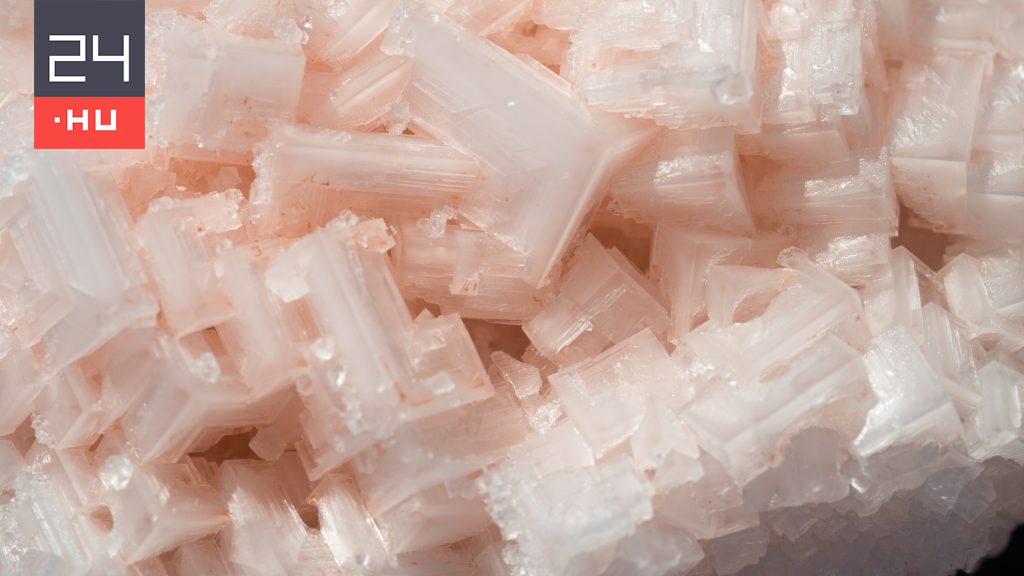new study The authors wrote that prokaryotes and algae have been found in 830 million-year-old halite crystals, according to reports. ScienceAlert. The discovery suggests that the remains of other ancient marine life forms may be hidden in the material, also known as rock salt. The findings may also contribute to the search for possible extraterrestrial life forms.
When halite crystals form, small amounts of liquid inclusions may remain in them, revealing much about the conditions under which rock salt forms. It has been previously shown that in the highly saline environment for the formation of halite, some organisms such as bacteria, fungi and algae feel very comfortable.
Sarah Schrader GomezA West Virginia University colleague and colleagues analyzed crystals in the Brown Formation in central Australia. There is a desert in the area today, but in the distant past there was a sea. The respective core sample was collected in 1997.
Experts have examined halite in a non-invasive way and believe that prokaryotic and eukaryotic cells have been detected in the crystals. The team thinks it is conceivable that some organisms are still alive. Inclusions can serve as micro-habitats and there can be small colonies inside. Previously, living eukaryotes were found in a 250-million-year-old rock salt.
The results can even help you in your search for alien life. If there are regions on Mars that resemble Brown’s formation, ancient life forms may also have been preserved there.













































